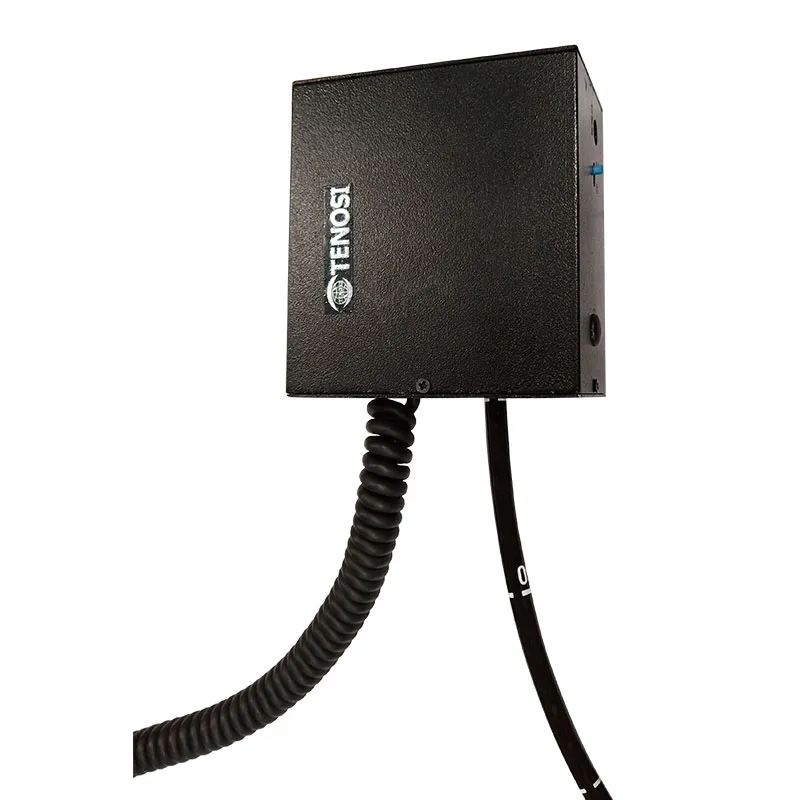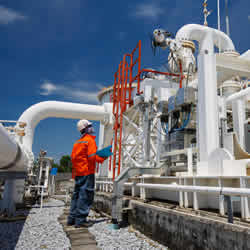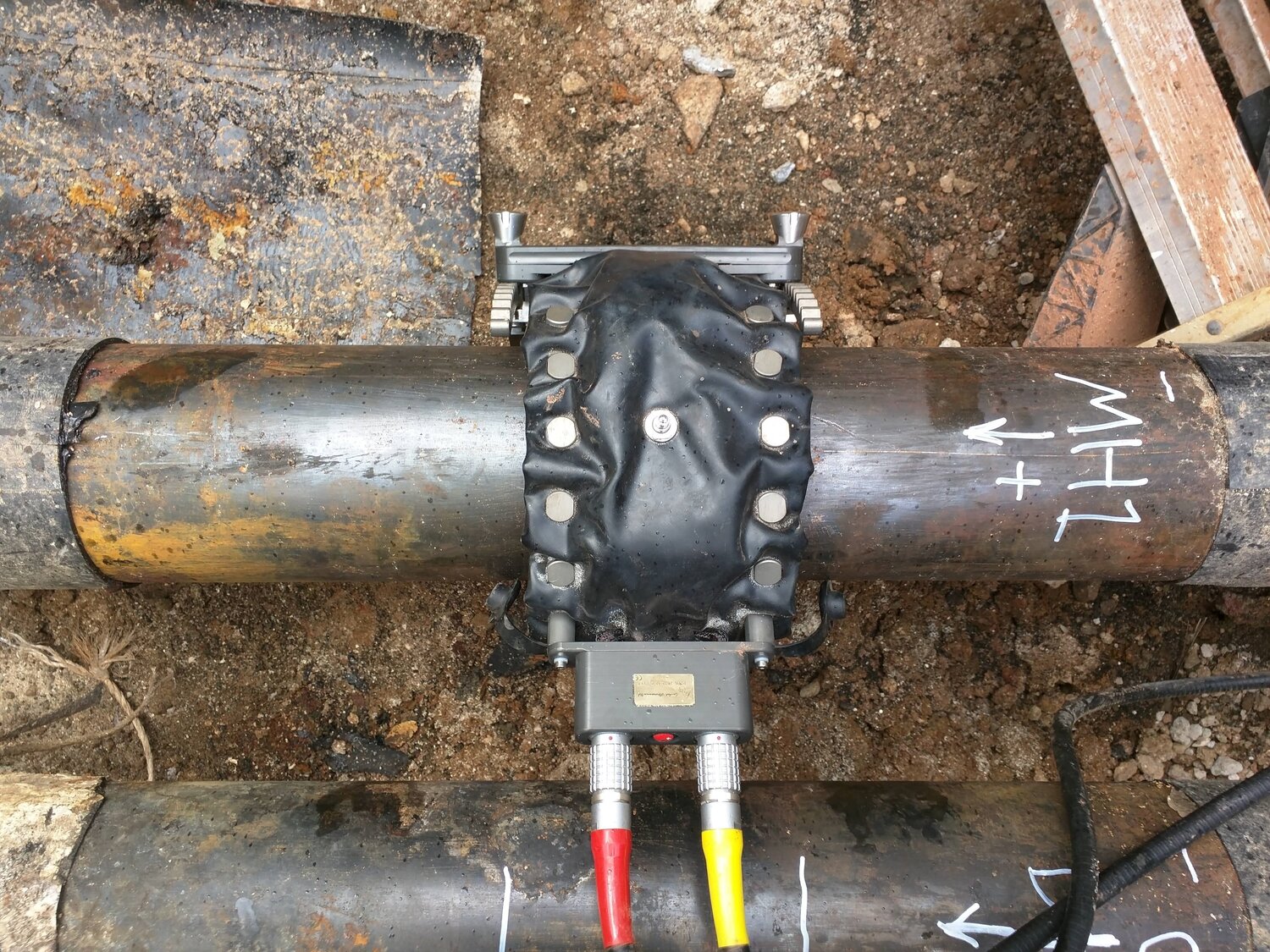
Finest Practices for Pipe Welding Examination: Strategies, Specifications, and Procedures to Attain High Quality Assurance and Compliance
Effective pipeline welding assessment is essential for ensuring the stability and safety and security of critical framework. Understanding the intricacies entailed in each stage of evaluation is crucial to attaining compliance and dependability in pipe systems.
Value of Welding Assessment
The integrity of welded joints is extremely important in making certain the security and integrity of pipeline systems. Correct welding strategies and extensive examination procedures are critical to avoid failings that can cause tragic incidents, environmental damages, and loss of life. Pipeline Welding Inspection. Welding inspection serves as a preventative measure, recognizing flaws such as fractures, porosity, and insufficient blend prior to they rise into severe problems
In addition, pipe systems usually run under high pressure and severe problems, making the quality of welds much more crucial. Governing conformity is another significant element, as various standards determine the quality control procedures that have to be abided by in pipeline building and construction and maintenance. Failure to abide can result in legal ramifications and financial losses.

The function of welding examination extends beyond plain verification of craftsmanship; it includes the assurance of long-lasting functional integrity. This entails an organized approach that includes not only aesthetic inspections however also advanced non-destructive screening methods. Inevitably, efficient welding evaluation is a financial investment in the long life and security of pipeline systems, ensuring they work as meant while lessening dangers linked with product shortages.
Key Examination Techniques

Visual evaluation, usually the very first line of protection, permits for the identification of surface area flaws such as fractures, damages, and porosity. Ultrasonic testing employs high-frequency sound waves to discover interior imperfections, providing a complete analysis of weld stability. This non-destructive technique is particularly efficient for identifying interruptions that may not be noticeable on the surface area.
Radiographic screening includes using X-rays or gamma rays to produce photos of the welded joint, disclosing interior problems. This method supplies detailed insights yet might need customized equipment and safety and security considerations. Finally, magnetic bit screening works for discovering surface and near-surface gaps in ferromagnetic products, using electromagnetic fields and fine iron particles.
Market Standards and Laws
Compliance with market requirements and policies is important for making sure the quality and safety and security of pipe welding inspections. These criteria offer a structure for finest methods in welding processes, products, and examination strategies, permitting organizations to decrease issues and enhance the integrity of pipe systems. Secret bodies such as the American Culture of Mechanical Engineers (ASME), the American Welding Culture (AWS), and the International Company for Standardization (ISO) state standards that are extensively identified and adopted within the market.
In the USA, regulations from the Pipeline and Hazardous Materials Security Management (PHMSA) regulate the safety and security of pipeline procedures, mandating rigorous inspection procedures. These requirements not just offer to shield public security and the setting yet additionally ensure compliance with contractual and legal obligations. Adherence to the pertinent codes, such as ASME B31.3 for process piping, is crucial for keeping operational effectiveness and regulative compliance.
Furthermore, constant updates and modifications to these requirements show technological developments and evolving market techniques, highlighting the requirement for companies to stay enlightened and train workers appropriately. Ultimately, durable conformity with established Visit Your URL criteria promotes count on and reliability in pipeline infrastructure, protecting both assets and stakeholders.
Effective Inspection Procedures
Efficient assessment procedures are crucial for identifying potential flaws in pipe welds and making certain the overall honesty of the system. An site organized technique to evaluation incorporates numerous key phases, including pre-weld, in-process, and post-weld inspections. Each stage plays an essential function in maintaining quality control.
Throughout pre-weld evaluation, it is essential to evaluate the materials and joint arrangements, guaranteeing compliance with job requirements. In-process examinations entail checking welding techniques and specifications, such as heat input and travel rate, to stop flaws from happening. This phase permits real-time adjustments to welding practices.
Post-weld inspections include non-destructive testing (NDT) strategies like radiography, ultrasonic testing, and magnetic bit testing. These methods assist find internal and surface area defects that can compromise the pipeline's capability. Paperwork of all examination activities is vital, giving a traceable document that sustains compliance with industry criteria.
Training and qualification of inspection employees even more enhance the performance of these treatments. By adhering to a structured inspection method, organizations can mitigate threats, guarantee compliance, and inevitably deliver pipes that fulfill stringent security and performance demands.
Typical Challenges and Solutions
Pipe welding evaluation presents several usual obstacles that can impact the quality and safety of the end product. One significant challenge is the variability in welding strategies and materials, which can cause irregular weld top quality. To address this, it is crucial to develop standardized treatments and training for welders, making certain a consistent approach throughout jobs.

Ecological factors, consisting of temperature level and moisture, can also affect the welding process, potentially resulting in fractures or incomplete blend. Executing controlled environments and adhering to pre-weld look at here now treatments can mitigate these threats.
Conclusion
To conclude, the execution of finest practices for pipeline welding assessment is vital for guaranteeing quality control and conformity with market criteria. A thorough strategy, integrating different methods such as aesthetic, ultrasonic, and radiographic screening, facilitates the recognition of problems throughout all stages of the welding process. Pipeline Welding Inspection. Adherence to developed policies and effective examination procedures not only improves the reliability and safety of pipeline systems however likewise minimizes dangers associated with welding problems, consequently promoting general functional integrity
Compliance with industry criteria and regulations is important for making sure the high quality and safety and security of pipe welding examinations. These standards supply a structure for ideal practices in welding processes, products, and examination methods, enabling organizations to reduce problems and improve the stability of pipeline systems.In the United States, regulations from the Pipeline and Hazardous Products Safety And Security Management (PHMSA) regulate the security of pipeline procedures, mandating strenuous assessment protocols. A systematic strategy to examination incorporates a number of vital phases, consisting of pre-weld, in-process, and post-weld inspections.In verdict, the implementation of ideal practices for pipe welding evaluation is important for ensuring quality assurance and compliance with industry requirements.